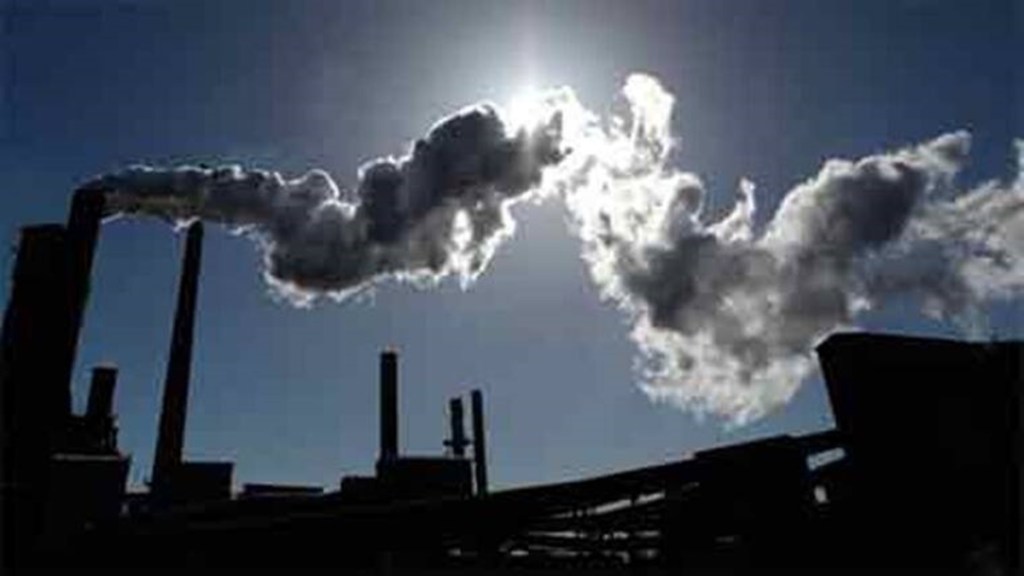India has made giant strides in energy efficiency and conservation in the last few years at the national level. A strategic and thoughtful approach is needed to achieve the ambitious climate change goals India has pledged. The country faces the daunting challenge of providing cost-effective, low-carbon energy and complementing it with energy-efficient policies, designs, and technologies. Understanding the nuances of energy efficiency and conservation is critical for eliminating energy wastage, reduce carbon footprints and fulfil its energy needs sustainably and equitably. A conscious shift in attitude, behaviour, and lifestyles is urgently needed to optimise energy conservation efforts.
Although India is the largest/second-largest country by population, its carbon footprint is less than 5%, and per capita CO2 emissions are only 40% of the global average. According to the ‘World Energy Outlook 2022’, the country’s coal generation and oil imports will peak in 2030, with gas imports doubling around the same time. The increase in national carbon emissions is unavoidable considering the developmental and growth imperative our country of 1.4 billion people faces in the short term and implies it needs to utilise a hybrid mix of fossil fuels and renewable energy.
India has already taken the lead and pressed ahead with the commitment to responsibly deploy fossil fuels while making extraordinary efforts to ramp up renewable energy production. It must achieve its goal of lowering emission-intensity by striking the right balance between green energy supplies and mitigating energy demand through energy-efficient cultural change.
The energy conservation and efficiency ethos are at the heart of the prime minister’s clarion call of Lifestyle for Environment (LiFE). By adopting energy-efficient technologies and practices, we can ensure sustainable development and equitable growth through responsible consumption and behavioural changes, making India a responsible and energy-secure nation.
India’s growth and development require a sizeable carbon budget in the short term, given the ongoing expansion of infrastructure and urbanisation. The war against climate change will be long and arduous, and every effort will count. For example, the widespread practice of turning off the fans, air coolers, and ACs when not in use, and only cooling the occupied areas, will significantly impact lowering the nation’s and, indeed, the global carbon footprint. We must understand the true significance and power of LiFE in this context.
We must also make smart investments in green jobs and sustainable infrastructure that will entail investing in skill development and training the youth to prepare them for mitigating the impact of climate change and helping build climate-resilient infrastructure. The country needs to train the next generation of architects and engineers who will be equipped with the specialised knowledge, tools, and a sound and holistic understanding of the sciences and arts to design net-zero energy, water, and waste buildings and habitats to achieve the Net Xero goal enshrined in India’s Panchamrit proclamations.
Also read: Should Trai mandate caller ID?
The country’s priority to provide thermal comfort for all will require policy, technological and behavioural aspects, working cohesively with each other to promote the manufacturing and development of the most energy-efficient technologies. There is a requirement to develop the greenest heat exchangers, compressors, and refrigerants. Adopting cost-effective, energy-efficient technologies would also require climate investments to benefit most of the Indian population. This, in turn, will ensure micro-level behavioural changes.
As per the India Cooling Action Plan, by 2037, the demand for cooling is likely to be eight times more than the current levels. In this scenario, we must deploy alternative and innovative energy-efficient technologies for keeping buildings and habitats cool. At the macro level, promoting energy efficiency in mining, forestry, and transportation sectors will lead to lower embodied carbon in commercial and residential buildings. Further, energy storage systems must be increasingly relied upon to reduce dependence on the grid and lowering carbon emissions. Additionally, the National Mission for Enhanced Energy Efficiency (NMEEE) under the National Action Plan on Climate Change (NAPCC) has pegged total energy savings of approximately 26 million tonnes of oil equivalent by March 2023, thereby cutting 70 million tonnes of CO2 if the above measures are adopted. To realise the energy-saving target, it is vital to ensure financing and investments focusing on innovation and technology to improve energy efficiency significantly. The ministry of power’s mandate for all the states and UTs to develop an Energy Efficiency Action Plan is another step towards achieving energy efficiency in energy-intensive industries and accelerating the shift to energy-efficient appliances, which will help in attaining savings.
Also read: Data Drive: Fuel under-recoveries fall
A concerted effort by individuals and businesses can play a crucial role in facilitating the gradual transition toward the nation’s long-term objective of becoming an energy-efficient economy. As they say, every drop in the ocean counts. Nothing is more pivotal than preserving the planet.
The writer is president and executive director, Alliance for an Energy Efficient Economy


